At A Turkish High School, Space Is a Trojan Horse for Rethinking How We Learn
But oh, that space . . .
When Vehbi Koç first established a school in his family name in 1988, the wealthy (and well-known) Turkish businessman envisioned it as a place at which his country’s best and brightest could learn together.
Over time, that vision came to pass – yielding a 151-acre residential campus on the eastern outskirts of Istanbul, and engendering a reputation as the most prestigious, globally-minded school in the country.
But time ushers in other changes as well, and as Koç School entered its third decade of operation – and navigated its way through the first worldwide pandemic in a century – its leaders realized they needed not just a new campus design to call the community forward, but also a new way of thinking about how, where and why learning happens.
“The pandemic showed us that the world is in the process of becoming totally different,” explained Koç’s General Director, Murat Günel. “Remote work is not the future; hybrid environments are. Everything is in between now. But we believe in the power of the physical environment as the Third Teacher, which means we must use our spaces as ways to widen our students’ potential pathways. And we must revise our notion of what it means to be ‘prepared.’”
But how?
How can any school – let alone a school with a track record as established as Koç’s – pursue a new North Star in the service of a new way of thinking about that timeworn (and change-resistant) thing we call ‘school?’
To help Koç find its way, Gürel hired 180 Studio – and its lead architect, Trung Le – to join forces with local architectural partners Bünyamin Derman at DB and Pınar Gökbayrak at PAB, in the planning and designing of their new High School, and to help devise a new lexicon for thinking about the nexus between where we learn and how we feel.
“What’s so special about Koç,” Le explained, “is that it’s filled with these productive tensions that spark creativity and invite an openness in thinking about how a school should feel.”
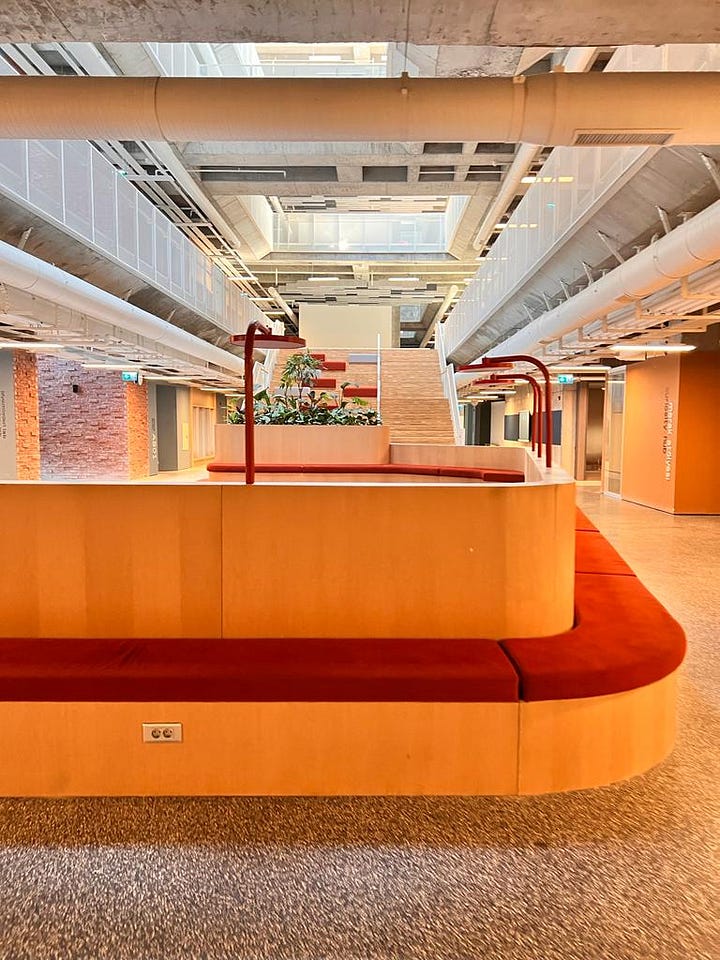
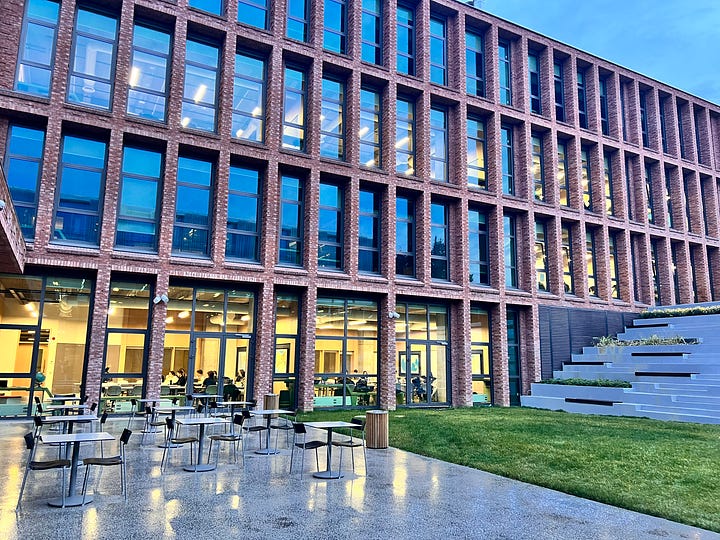
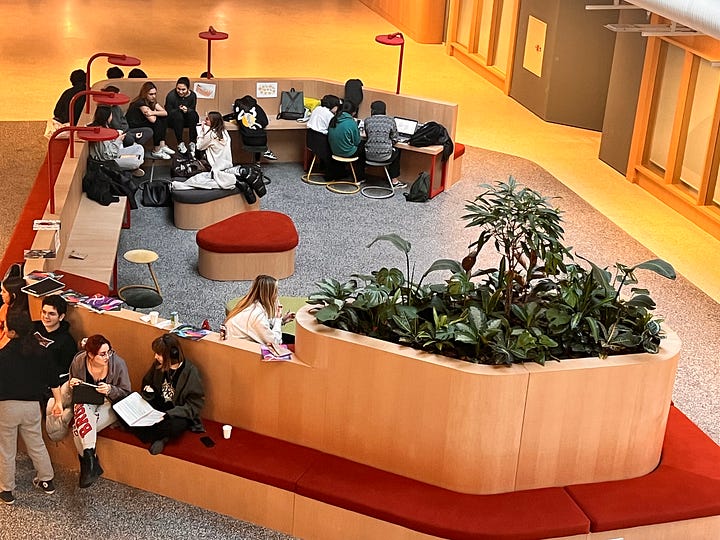
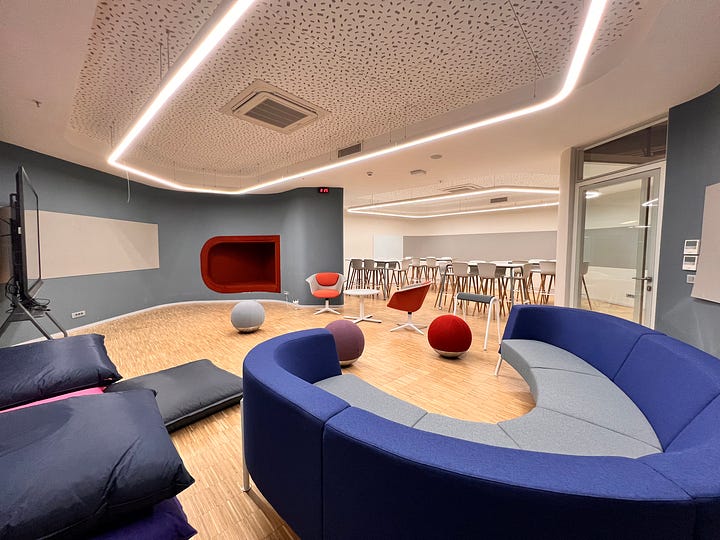
“What, for example, is the ideal physical form for a community that aspires to be both prestigious and inclusive? What would a learning environment – and a learning philosophy – look like if the way people learned together was designed to be equal parts structured and free-form? And how could architecture play a role in providing spaces that are both collaborative and reflective in equal measure?”
Fueled by those community questions, 180 Studio drafted a narrative manifesto for the school’s future – and a comprehensive design philosophy. Late last year, Koç completed the construction of its new High School – and began its next phase of work with 180 Studio, in which its adult community considers how best to inhabit its new building in a new way – and how to create a flourishing community for all.
The new academic block at the Koç School boasts an architecture that has led to the emergence of four different "learning landscapes." These can be applied anywhere within the new academic block, creating permeable, dynamic and agile spaces that adapt to the needs and desires of the learners and teachers. “The shift from traditional Classrooms to Learning Studios," Le explained, “represents a new human-centered spatial ecology that promotes active, engaging and adaptive learning experiences.”
In Agora Mode, for example, the ancient Greek notion of an open space that can serve as a meeting ground for civic activities helps shape the school’s contemporary efforts to spark new ideas and foster civil dialogue.
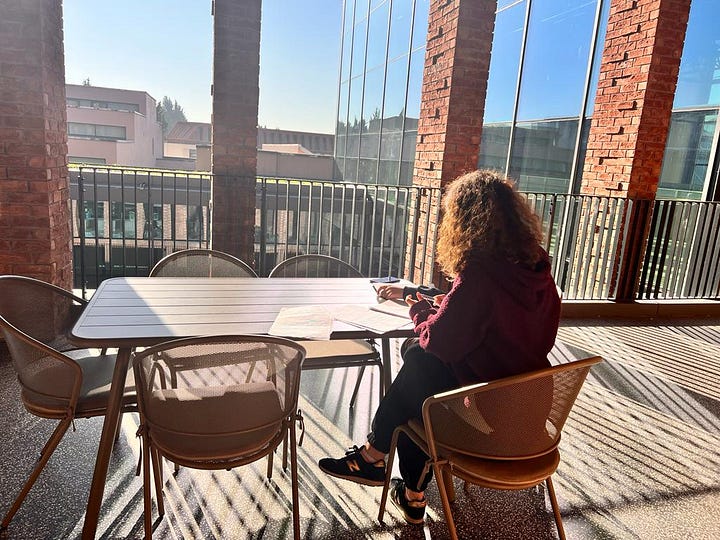
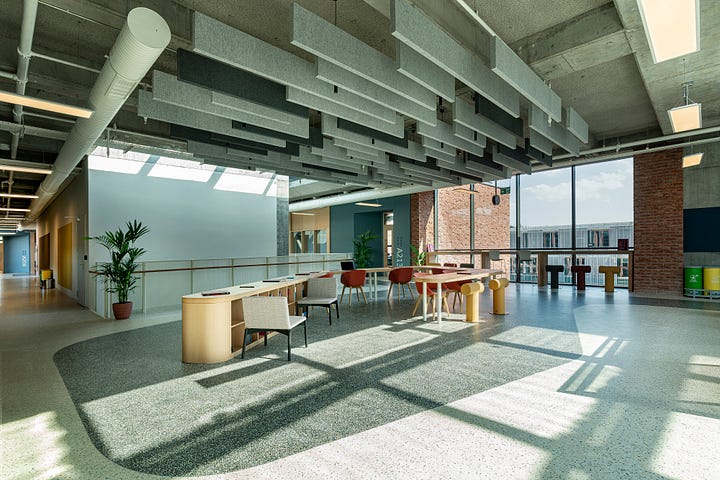
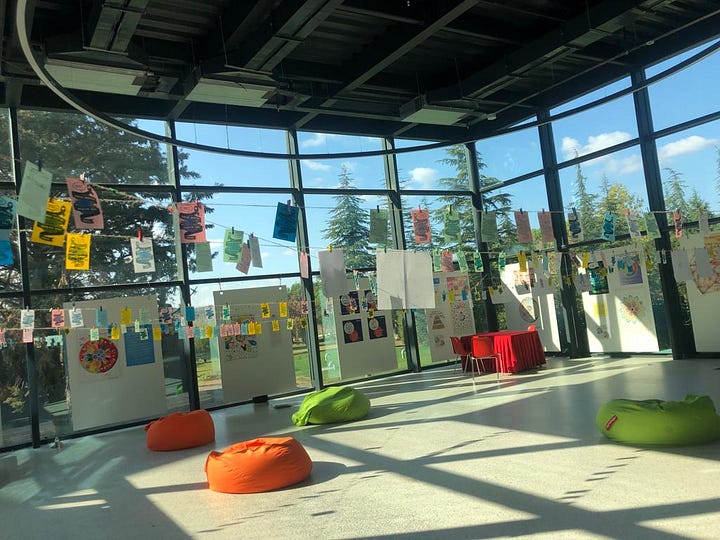
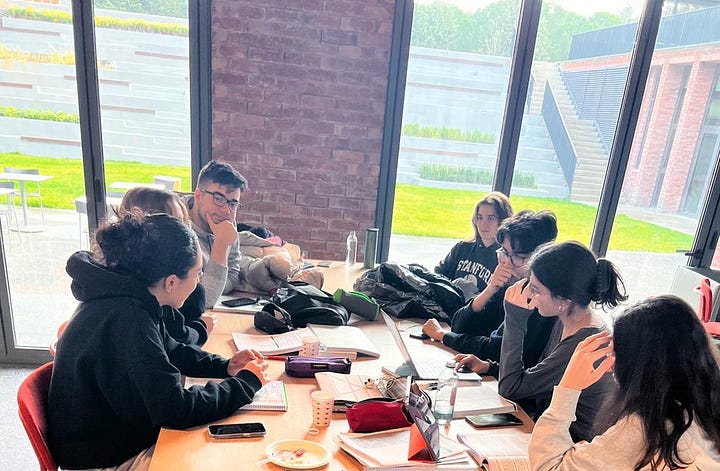
In Crew Mode, spaces of the school can be leveraged in order to foster deep collaboration and communication.
In Olive-Tree Mode, people are invited to create sacred spaces for silence and reflection.
And just as a campfire requires only the fire (and each other) as entertainment, Campfire Mode prescribes a similarly circular way to connect, listen, and learn together.
“It begins with a simple understanding,” said Koç’s High School Principal, Elif Öztürk. “The classroom of the future is not a classroom at all. Here, the campus is the classroom -- and in their daily lives, our students play key roles in caring for our common public spaces. They find their place through this work, and experience the connection and value of being part of a community that can accomplish together what cannot be accomplished alone.
“Light is illuminating. We all need more of it in our lives.”

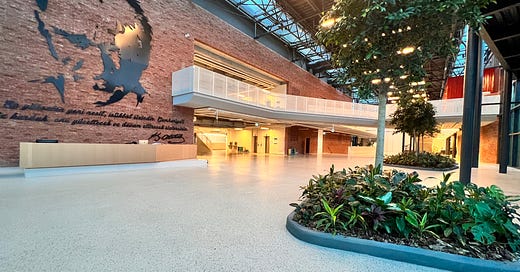



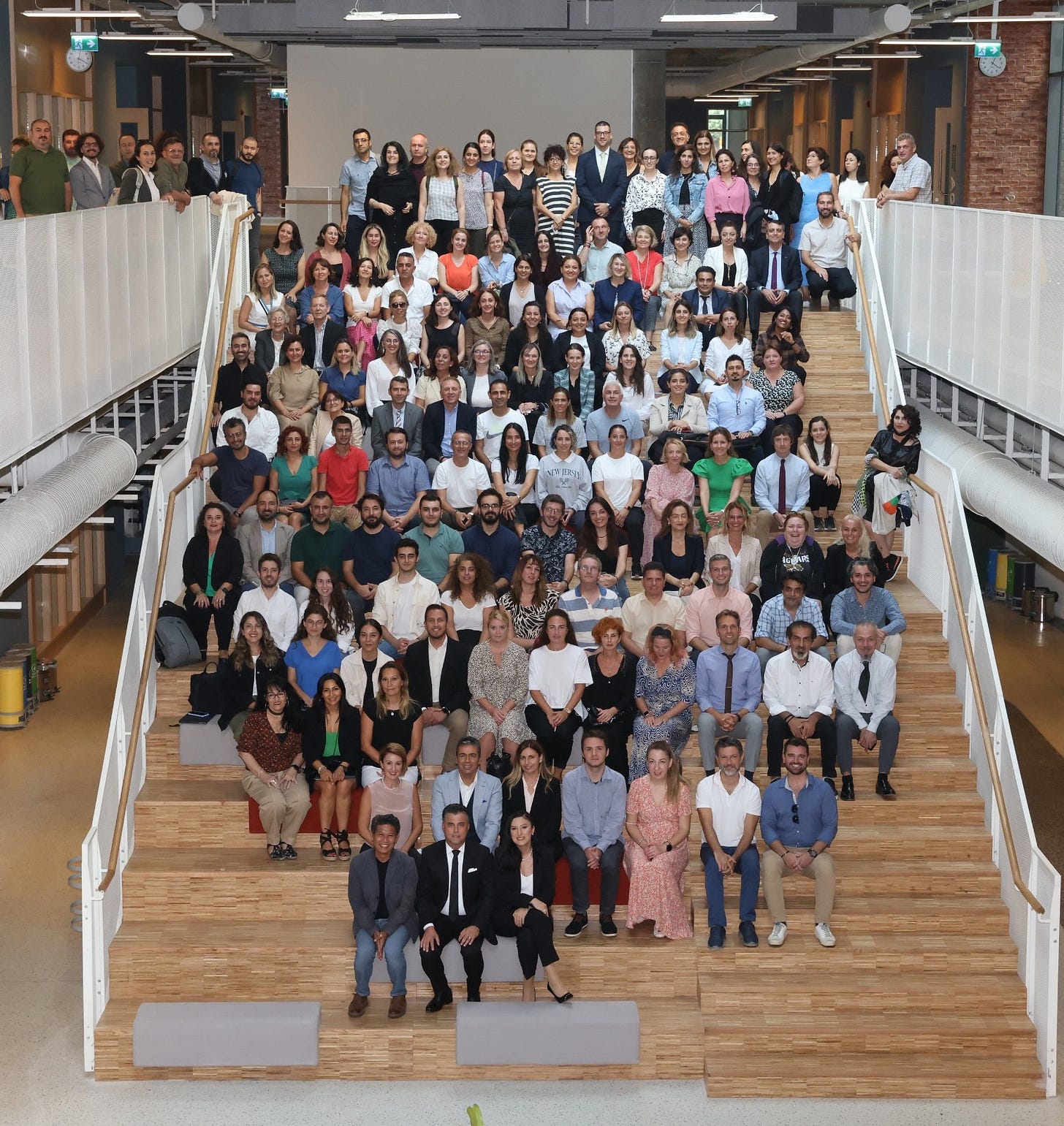
Love the names of spaces signifying types of purpose, and hope you’re open to changing those purposes! John Braman, senior program advisor, Mountain Cloud Zen Center, Santa Fe, NM
Profound gratitude for this revelation! The design of this school is like a world music fusion ensemble i know...